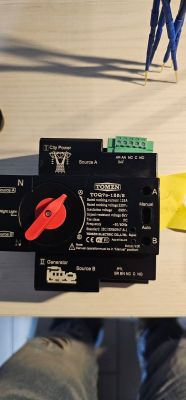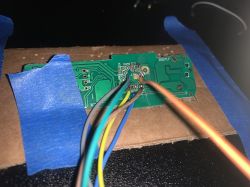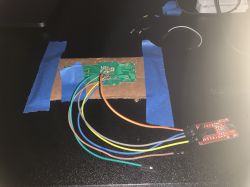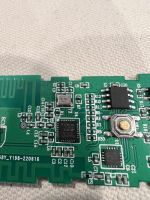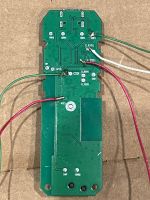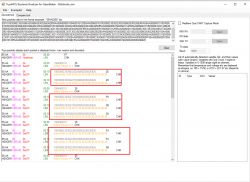The other part that's truly confusing to me is this:
UART is a bi-directional bus, so first we capture from the TuyaMCU TX line -> WiFi RX module, and then from the WiFi line TX module -> TuyaMCU RX
Is that one capture using TX1/RX1 and then another using TX2/RX2, I guess, then they're stitched together by the analyzer?
UART is a bi-directional bus, so first we capture from the TuyaMCU TX line -> WiFi RX module, and then from the WiFi line TX module -> TuyaMCU RX
Is that one capture using TX1/RX1 and then another using TX2/RX2, I guess, then they're stitched together by the analyzer?





